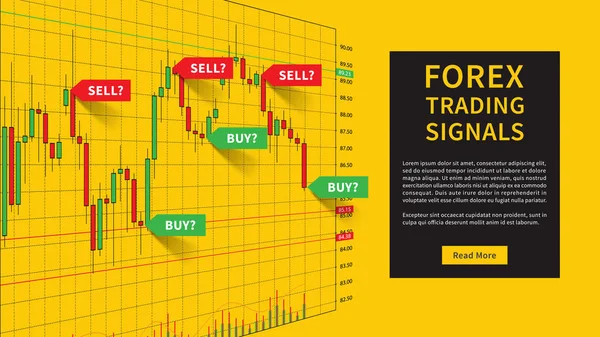Advanced Strategies for Interpreting Forex Trading Signals

Understanding Signal Patterns
Forex trading signals are vital indicators of market movements, but interpreting them accurately requires more than a superficial understanding. Advanced traders often focus on recognizing patterns that go beyond the basics.
- Firstly, it's essential to identify trend continuation patterns such as triangles and flags, which can signal the persistence of an existing trend.
- Secondly, reversal patterns like head and shoulders or double tops and bottoms are crucial as they indicate potential market turnarounds.
- Thirdly, understanding candlestick patterns, such as the engulfing or doji, can provide insights into market sentiment.
- Lastly, combining these patterns with other indicators can enhance accuracy in predicting market movements.
Leveraging Technical Indicators

Beyond basic signal interpretation, advanced Forex traders often leverage a range of technical indicators. Moving averages, for instance, are used to smooth out price action and identify trends. The relative strength index (RSI) and stochastic oscillators can indicate overbought or oversold conditions, offering hints for potential trend reversals. Bollinger Bands help in understanding market volatility and price levels relative to recent trends.
The key is not just to use these indicators but to understand how they interact with each other. For instance, a moving average crossover in conjunction with an RSI moving out of an oversold condition can be a strong buy signal.
Risk Management Strategies
Effective interpretation of Forex signals must also involve robust risk management strategies. Firstly, setting stop-loss orders is crucial to limit potential losses. Traders often set these based on key support and resistance levels identified through signal analysis. Secondly, using trailing stops can protect profits while allowing for continued participation in favorable trends. Thirdly, diversifying trades across different currency pairs can spread risk. Lastly, understanding the leverage and its impact on potential profits and losses is essential. Excessive leverage can lead to significant losses, especially if a trade goes against you.
Integrating Fundamental Analysis
Integrating fundamental analysis with technical signal interpretation provides a more holistic view of the Forex market. This involves considering economic indicators such as GDP growth rates, interest rate decisions, and unemployment data. Political events, global economic trends, and even unexpected global incidents can significantly impact currency values.

For example, a country announcing higher-than-expected GDP growth may lead to strengthening of its currency. By combining these fundamental indicators with technical signals, traders can make more informed decisions.
Technical vs. Fundamental Analysis in Forex Signal Interpretation
| Aspect | Technical Analysis | Fundamental Analysis |
|---|---|---|
| Focus | Price movement and patterns | Economic indicators and global events |
| Tools | Charts, technical indicators | Economic reports, news, policy changes |
| Timeframe | Short-term to medium-term | Medium-term to long-term |
| Suitable For | Day traders, swing traders | Position traders, long-term investors |
| Primary Use | Identifying entry and exit points | Understanding currency value drivers |
In conclusion, advanced Forex trading signal interpretation combines a deep understanding of technical patterns, a robust approach to risk management, and an integration of fundamental analysis. By using these strategies, traders can enhance their ability to make informed decisions in the dynamic Forex market.


